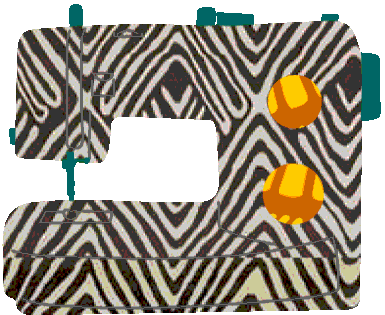Kangas as a sign of self-empowerment
“Japo sipati tamaa sikati: Even though I have nothing, I have not given up my desire to get what I want.”
The kanga is a colorful garment worn in the region of the African Great Lakes by women, ocassionaly men and is usually compared to the kitenge fabric. It consists of printed cotton fabric, with wide borders on all four sides and a completely different design in the centre all measuring about 1,5m by 1m. What is more, kanga posseses cultural significance, as it is usually being gifted on birthdays or any other special occassions.
Kangas developed from a type of unbleached cotton that was shipped from the USA and it has been a traditional type of dress amongst women ever since (19th century) in East Africa. Since the cloth was coming from the USA, in Zanzibar it was known as merikani, which was Kiswahili for America.
The fabric was worn by male and female slaves in Africa – men would tie it around their waists and women would wrap them around their chest, so that it looks more feminine. Some female slaves even died it black or dark blue colors by using localy found indigo. The dyed merikani was reffered to as kahiki and were highly despised by the poeple, due to its relation to slavery. Ex-slave women would decorate their merikani clothes in order to rise their social status and they did it through 3 techniques: block printing, resist dyeing and hand painting.
After the slavery was abolished (in 1897), people started wearing kangas as a sign of self-empowerment and as an indication of personal-wealth. Soon after they became extremelly popular in the whole coatsal region and later one spread to the region of the African Great Lakes.
Moreover, kangas typically consist of three parts: the mji (the central motif), the pindo (the wide border) and jina (the Kiswahili), which is featured on a strip and contains some sort of message, usually in the form of a riddle or proverbs.
